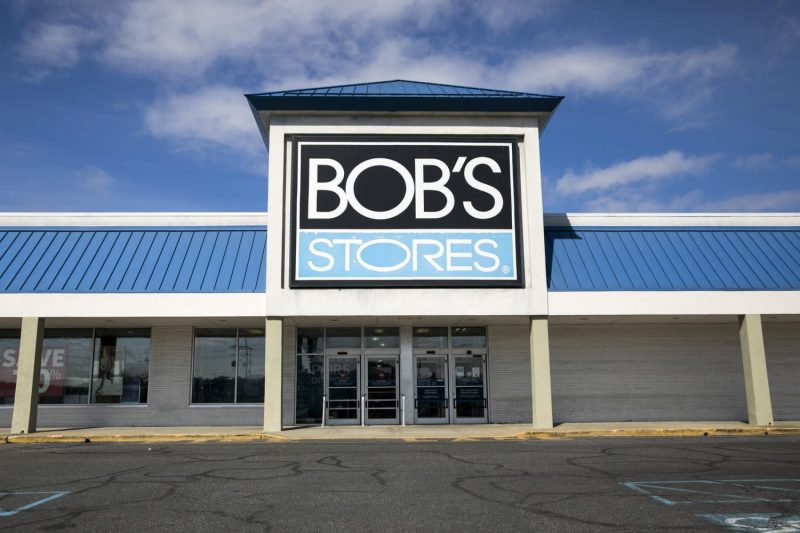The recent announcement of the closure of Bob’s Stores, a well-known clothing chain with a history spanning seven decades, has sent shockwaves through the retail industry. Having begun in the 1950s as a humble family business, Bob’s Stores grew to become a popular destination for shoppers seeking affordable and quality apparel. However, the changing landscape of the retail sector and various other factors have led to the decision to shutter all stores under the Bob’s Stores banner.
One of the key contributing factors to the closure of Bob’s Stores is the increased competition within the retail industry. With the rise of e-commerce giants such as Amazon and the growing popularity of online shopping, traditional brick-and-mortar stores have faced immense pressure to adapt or face potential closure. Bob’s Stores, with its focus on in-store shopping experiences, struggled to keep up with the convenience and variety offered by online retailers, resulting in a decline in foot traffic and sales.
Furthermore, the impact of the COVID-19 pandemic on retail businesses cannot be overlooked. The widespread lockdowns and restrictions imposed to curb the spread of the virus severely disrupted the operations of physical stores, including Bob’s Stores. The temporary closures, reduced operating hours, and safety protocols implemented to protect customers and employees all took a toll on the company’s bottom line, further exacerbating its financial woes.
Another aspect that likely influenced the closure of Bob’s Stores is the changing consumer preferences and shopping habits. Modern consumers, especially younger demographics, are increasingly gravitating towards sustainable and ethical brands, as well as prioritizing online shopping for its convenience and accessibility. Bob’s Stores, with its traditional approach to retail and limited online presence, found it challenging to appeal to this evolving customer base, leading to a decline in sales and relevance.
Moreover, the lack of effective marketing strategies and failure to innovate played a role in the decline of Bob’s Stores. In today’s highly competitive retail landscape, successful brands continuously adapt to changing trends, invest in digital marketing, and embrace new technologies to enhance the customer experience. Bob’s Stores, unfortunately, fell behind in these areas, failing to resonate with contemporary shoppers and struggling to differentiate itself from competitors.
In conclusion, the closure of Bob’s Stores after 70 years in business serves as a poignant reminder of the challenges faced by traditional retail chains in the modern era. The decline of this once-beloved clothing chain underscores the importance of adaptability, innovation, and meeting the evolving needs of consumers in a rapidly changing retail landscape. As the industry continues to transform, it is crucial for companies to stay agile, embrace digital solutions, and prioritize customer-centric strategies to thrive in the competitive marketplace.
